The Imnaha River of Northeastern Oregon. Surrounded by some of the most spectacular and rugged landscapes in the Pacific Northwest, the Imnaha is fed by snowmelt from the Eagle Cap Wilderness in the Wallowa Mountains. At times the road clings to sheer cliffs, winds by deep gorges, travels through tall forests or rolling hills of bunchgrass and sage. The eastern edge of Oregon falls away into Hells Canyon to the Snake River, the deepest river gorge in North America, some 2000′ deeper than the Grand Canyon. To this day the Imnaha region remains remote, many places still accessed only with great difficulty, a wild landscape caught in a time capsule of old western flavors.
In 1835 Capt. Benjamin Bonneville traveled through these wild lands, and earlier than that, Lewis and Clark brought their expedition through the Wallowa’s. On the maps of William Clark, we see the first reference to the Imnaha, for Imna was a chief of the Nez Perce, and the addition of “ha” at the end of his name indicated that this river, these wild hills, were ruled by him.
Into this dramatic and harsh landscape the first settlers came, finding the lush bottomlands along the Imnaha River to their liking. It was their reward at the end of an arduous journey along the Oregon Trail.


In 1883 Lucy Angelina Shields, age 8, arrived with her parents, Albert and Susannah Shields, and at least four of her siblings, having made the long journey from Kansas. They first settled along the beautiful Crow Creek.

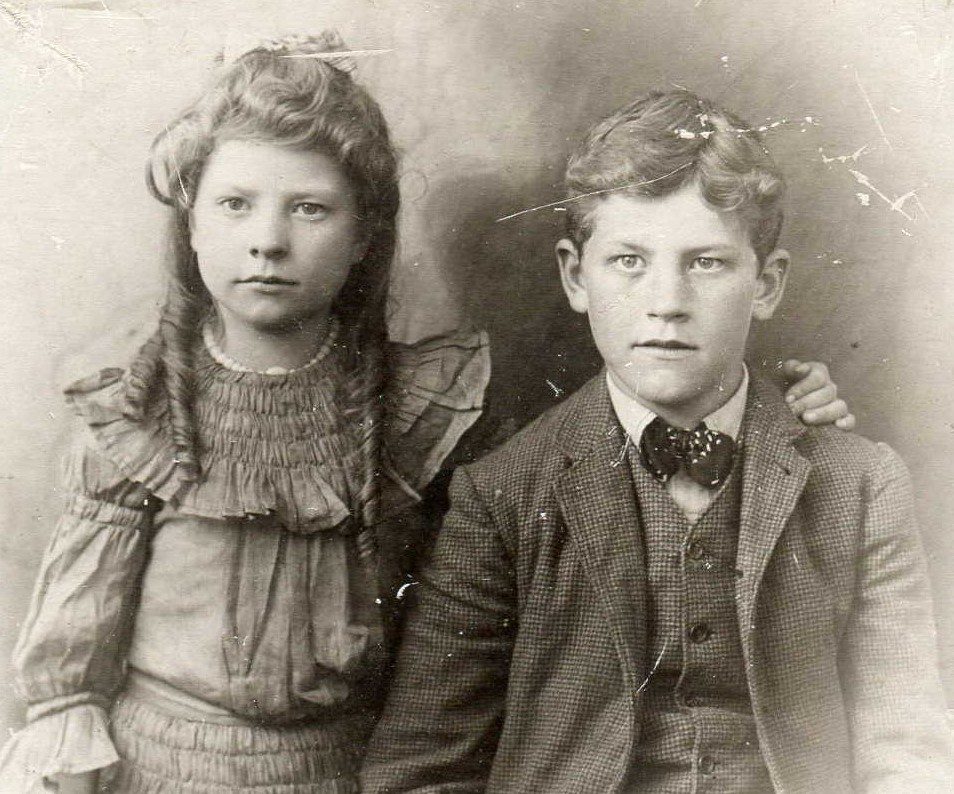
Many memoirs written by earlier settlers give whispers to the hardships of living off this land. More often, we hear stories which often convey those times as the happiest of their lives. Arlene Blevans wrote, “I have a picture in my mind of the cabin that I wish I could paint for you, Dad had me on behind him on old Neb, our faithful old mare. We had been hunting cones or something and were coming home down the trail which followed the river, at a higher elevation across from the house. It had such a home look and stood in the midst of a clearing with the smoke ascending from the chimney. I thought it a lovely place…”
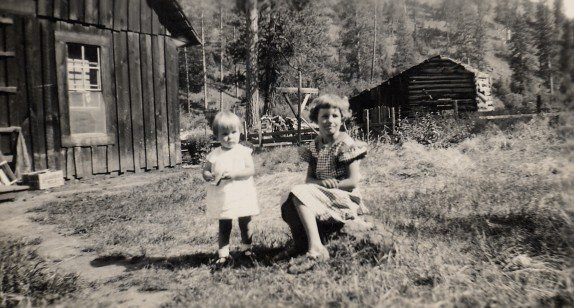
At age 15 Lucy wed William Warnock, and from that union, along with the families of William’s brothers, a veritable dynasty of Warnocks grew forth in the remote and wild lands of the Imnaha. Other families as well claimed land: Shield’s, Barnard’s, Watson’s, Farchild’s, Longfellow’s, Moore’s, Beaudoin’s. Morgan’s, Higgon’s, Fisk’s, Schleur’s, Adam’s, Mullady’s, Fraker’s and no doubt a few others. Hand-hewed cabins with dirt floors, rich soils yielding fruits and vegetables, an abundance of wildlife for hunting, and cattle, a lot of cattle over the years.
Click to view a plat map, hand drawn by J. Horner in the early 1900’s, of properties homesteaded by the above families:
From an excellent website, “Imnaha Country – Warnock History“, “...the Warnocks acquired land on the Imnaha, on Fence Creek and on the Chesnimnus. They drove most of their cattle out of the Chesnimnus Country for summer range but some of them were grazed on the divide at the head of Temperance Creek. In the fall, they brought most of the Chesnimnus herd back to winter on Snake River, but part of the herd was taken to Billy’s place on the Imnaha for winter pasture. They (the Warnocks) had control of all of the Snake River range on the Oregon side of the river between Mike Thomason’s range at Pittsburg to and including Saddle Creek.“
To this day the sense of family, the independence, and the land, still bind these families. The properties are still held 125 years later by the great grandchildren of those early settlers, the cattle still roaming the rugged hills.
Meanwhile, two hundred miles to the west…
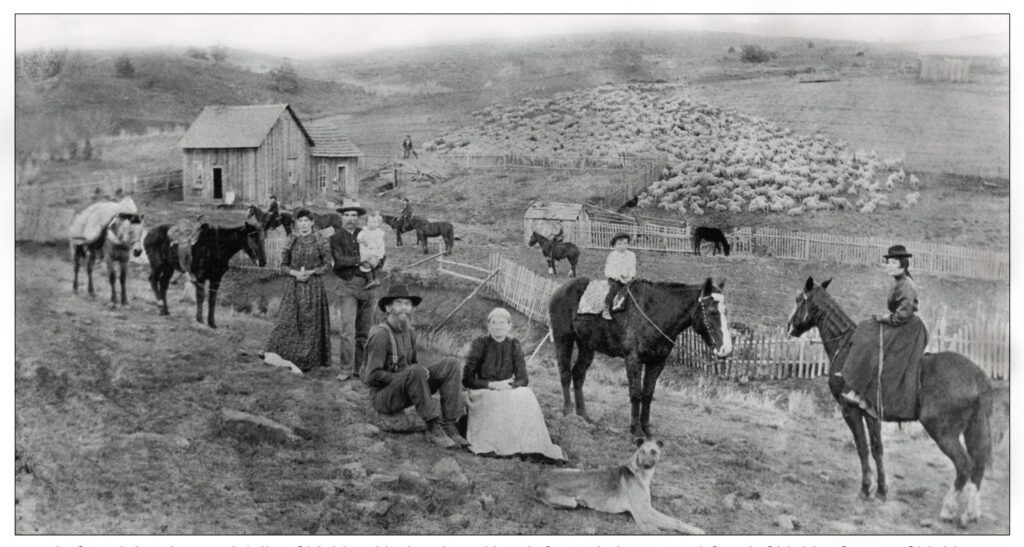
James M. Shields (1831-1903) was honorably discharged from the Union Army, after having served under General Steele, and returned to his home and family in Arkansas. Once home, he loaded his horse drawn wagons and took his family straight across the Oregon Trail to Grant County. Heading north of the John Day Valley, and crossing over Long Creek Mountain to the northern side, he found rolling hills of bunchgrass and sage, fertile soil along the creek, and a new home for his family.
The Long Creek area was a stock grower’s paradise, so very different than the Imnaha, but with abundant water in a vast bunchgrass prairie. Settlers arrived on the tail of the gold rush, bringing herds of cattle and bands of sheep.
James built a home and started running sheep. His wife Sarah, pregnant after the long journey, gave birth to their 10th child after arriving in Long Creek. Two years passed, and James sold off the sheep and took a homestead 11 miles north of Long Creek, running both sheep and cattle.

Their stories are not that unusual. Stories of the hardships in taming this land, of harsh winters, lean times, even of violence, are common. It is hard to imagine today what it must have been like to ride into a valley, claim it as your own, and then shape the land into a home, care for your family, and prosper. But prosper they did, and their families grew, and other families came. Communities evolved.
Over time Sarah and James’ eleven children brought forth over forty grandchildren, and more and more families intertwined with the Shields: Morris, Stirritt, Kennedy, Keeney, Paine, Blackwell, Erikson, and Cant. The names spilled over to Fox, Spanish Gulch, Mitchell, Antone, Hamilton, Mt. Vernon, John Day and Canyon City, then from Portland to Boise, and with time, beyond.
The communities grew, the landscape was changed, the Native peoples sadly displaced, commerce took root, laws enacted, people prospered, and people died. What is remarkable to me is our ability to scratch through the dust of time and not only find our families but learn enough to reassemble portions of their lives and see how they did it, and how we came into being because of them.
There are blood lines and there are marriage lines. Together they create history and community. We find that we are not simply connected in a linear fashion to parent, grandparent, great grandparents. Rather, we end up finding a web of connections to countless early settlers… in Long Creek, deep in the mountains of the Imnaha, across the Oregon Territory.
The Shields family of the Imnaha and the Shields family of Long Creek had the same journey, the same struggles to settle this land, the same tragedies and successes. Two families who were separated by two hundred miles of sagebrush and mountain ranges, and as far as I can tell, their worlds never crossed, they’d never met. And yet, they were truly family.
In the early 1600’s there were two brothers, and like James and Sarah Shields in Long Creek, and Albert and Susannah Shields of the Imnaha, they too settled in new territory, this one to be called the United States of America. While James and Albert were separated by two hundred miles of Oregon Territory, they were also separated by two hundred years from those two brothers. The brothers each took a different path, one to settle Ohio and whose descendants went on to settle the Imnaha, and the other to settle Virginia, whose descendants migrated to Georgia, and eventually across the Oregon Trail to Long Creek. They were all family.
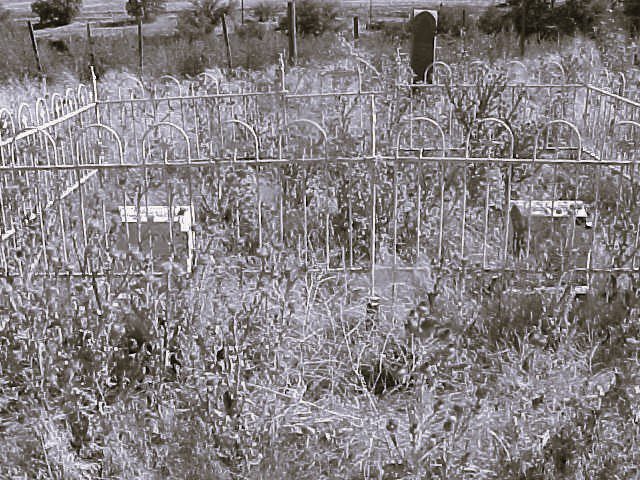
The wrought iron fencing wrapped around the Shields family in the Imnaha Cemetary holds so many amazing stories, and innumerable connections to us all. In learning more about their lives we are enriched by learning more about our own.
To learn more about your own family, see our Services page on ways I might help you discover amazing stories.
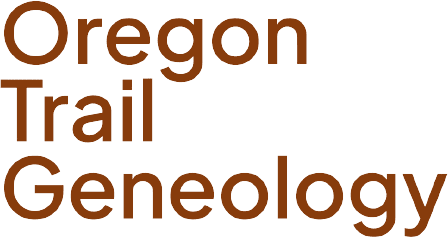


android best movie app
I think this is among the most significant information for me.
And i’m glad reading your article. But should remark on some general things, The web site style is ideal,
the articles is really excellent : D. Good job, cheers
Mark Goddard
Thank you Rosemary, glad you enjoyed!! Interestingly, I have a single Weddle in my family tree – Nancy Weddle 1611-1657 married to a John Carson. The Carson line trickles through time and eventually connects to a Fisk in my family.
Rosemary Titus
What a fascinating history. I enjoyed reading it.
My Weddle family came from Indiana to southern Oregon then to the Yakima Valley.